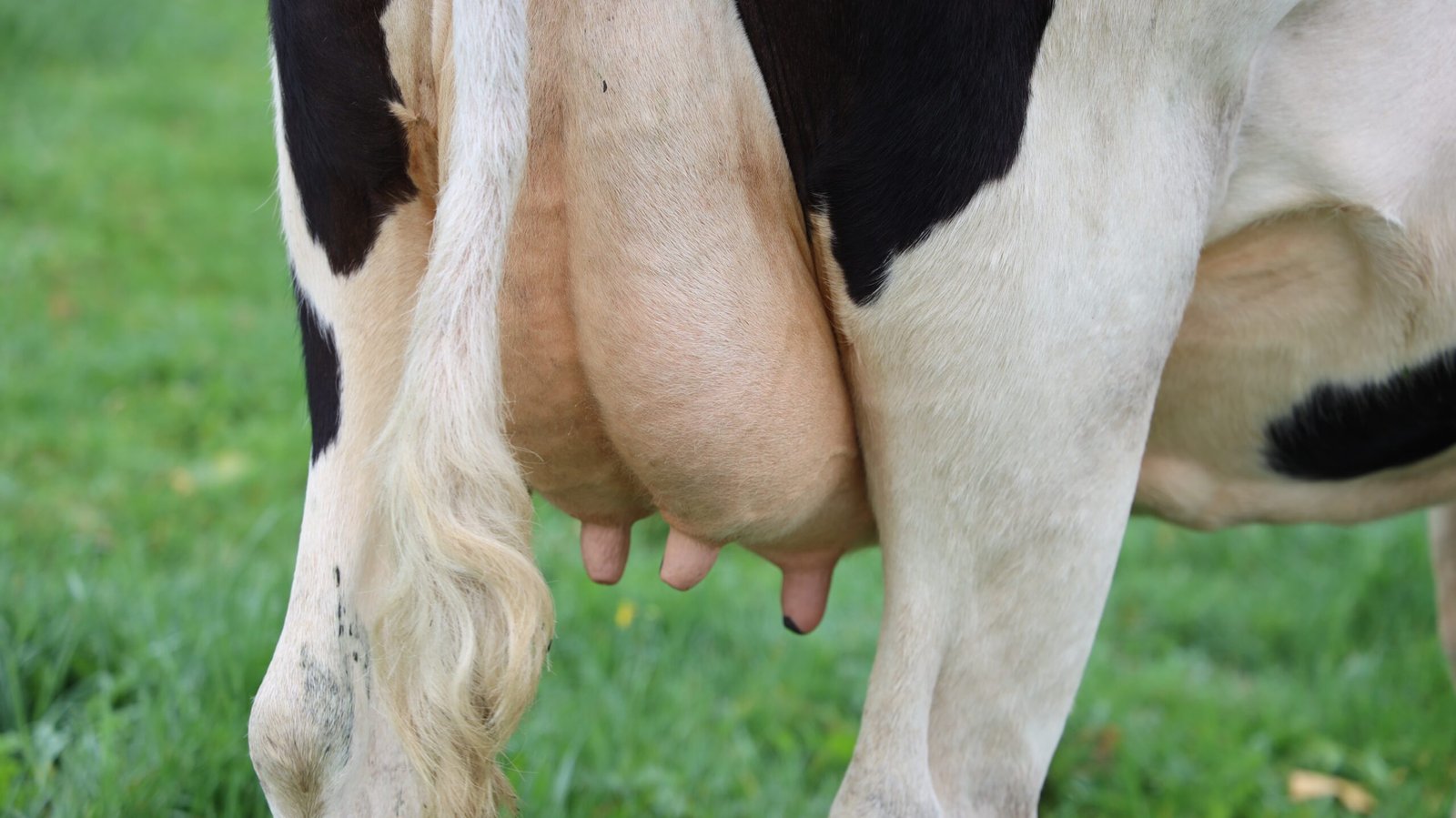In recent years, the field of dairy cow nutrition has seen significant advancements that have revolutionized the way we feed and care for these animals. These breakthroughs have not only improved the overall health and well-being of dairy cows but have also resulted in increased milk production and enhanced milk quality. In this article, we will delve into the latest developments in dairy cow nutrition and explore how they are shaping the industry.
1. Precision Feeding
One of the most notable advancements in dairy cow nutrition is the concept of precision feeding. Precision feeding involves tailoring the diet of each cow to meet its specific nutritional requirements based on factors such as age, weight, stage of lactation, and milk production. This personalized approach ensures that each cow receives the optimal balance of nutrients, leading to improved overall health and performance.
With the help of advanced technologies such as robotic feeding systems and computerized data analysis, dairy farmers can now accurately monitor the nutritional needs of individual cows and adjust their diets accordingly. This level of precision not only maximizes milk production but also minimizes waste and reduces the environmental impact of dairy farming.
2. Functional Feed Additives
Another significant development in dairy cow nutrition is the use of functional feed additives. These additives are designed to enhance the nutritional value of the cow’s diet and improve specific aspects of their health and performance. Examples of functional feed additives include probiotics, prebiotics, enzymes, and essential oils.
Probiotics, for instance, are beneficial bacteria that promote a healthy gut microbiota in cows, leading to improved digestion and nutrient absorption. Prebiotics, on the other hand, serve as food for the beneficial bacteria in the cow’s gut, further supporting their growth and activity. Enzymes help break down complex nutrients, making them more easily digestible, while essential oils have antimicrobial properties that can reduce the risk of infections.
3. Precision Ration Formulation
Precision ration formulation is another advancement that has transformed dairy cow nutrition. This approach involves formulating diets with precise nutrient compositions to meet the specific needs of each cow. By analyzing factors such as body condition score, milk production, and metabolic status, nutritionists can create customized rations that optimize cow health and performance.
With the help of computer software and mathematical models, nutritionists can accurately calculate the nutrient requirements of individual cows and formulate diets that meet these requirements. This precision ensures that cows receive the right balance of energy, protein, vitamins, and minerals, leading to improved milk production, reproductive performance, and overall cow health.
4. Improved Forage Quality
The quality of forage plays a crucial role in the nutrition of dairy cows. Recent advancements in forage management and preservation techniques have resulted in improved forage quality, leading to better cow nutrition and performance.
Techniques such as silage inoculation, proper harvesting, and storage methods help preserve the nutritional value of forage, ensuring that cows receive a consistent and high-quality feed source throughout the year. Additionally, innovations in forage breeding and agronomy have led to the development of high-yielding and nutrient-dense forage varieties, further enhancing the nutritional value of the cow’s diet.
Conclusion
The advancements in dairy cow nutrition have revolutionized the industry, improving the health and performance of cows while maximizing milk production and quality. Precision feeding, functional feed additives, precision ration formulation, and improved forage quality are just some of the key developments that have contributed to these positive changes. As the field continues to evolve, it is crucial for dairy farmers and nutritionists to stay updated on the latest advancements and incorporate them into their feeding programs to ensure the well-being and productivity of their dairy cows.

